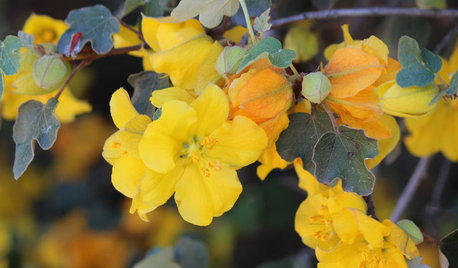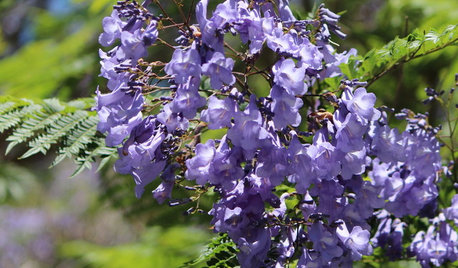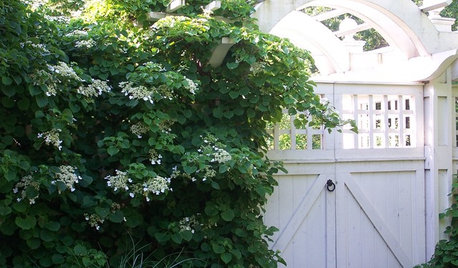Corn tassel problem in S. California
jbclem
11 years ago
Related Stories

SUMMER FRUITS AND VEGETABLESHow to Grow Your Own Fresh, Sweet Corn
Here's how to plant and care for your own mini cornfield
Full Story
GARDENING GUIDESCalifornia Gardener's June Checklist
Update your hydrangeas, catch up on tomatoes and more ways to enjoy your California garden in June
Full Story
CALIFORNIA GARDENINGCalifornia Gardener's May Checklist
Only one major chore but a plethora of planting possibilities means a delightful month in California gardens
Full Story
GARDENING GUIDES10 Top California Native Plants, Trees and Grasses
Enjoy a fuss-free, water-wise garden in the Golden State by growing plants naturally in tune with the climate and wildlife
Full Story
CALIFORNIA GARDENINGCalifornia Gardener's July Checklist
Bite into tree-fresh apricots, inhale delightful garden perfumes and continue planting vegetables for a late-summer harvest
Full Story
FALL GARDENING6 Deer-Resistant Flowering Vines to Plant This Fall
Have a major deer problem? Here are some of the only vines that have a chance of not being eaten
Full Story
DECORATING GUIDESHouzz Tour: Traditional Meets Transitional in a Townhouse
A Southern California couple downsizes, and their designer helps them push past traditional boundaries
Full Story
DREAM SPACESHouzz Tour: Hugging the Rocky Cliffs in Big Sur
Cascading down a rugged site and generously encased in glass, this California home takes full advantage of its ocean views
Full Story
FLOWERSRudbeckia Mania: Go Beyond Black-Eyed Susan in the Garden
Branch out from typical nursery fare, with lesser-known Rudbeckia species that have delightfully unexpected features
Full Story
GARDENING GUIDESBackyard Birds: How to Care for American Goldfinches
The American goldfinch is a bright-in-the-summer visitor and one of the only vegetarian songbirds. Here's how to give them a healthy habitat
Full Story

Okiedawn OK Zone 7
jbclemOriginal Author
Related Professionals
Glen Ellyn Landscape Architects & Landscape Designers · Quincy Landscape Architects & Landscape Designers · Redondo Beach Landscape Architects & Landscape Designers · Bainbridge Island Landscape Contractors · Barrington Landscape Contractors · Belvedere Park Landscape Contractors · Centereach Landscape Contractors · Cupertino Landscape Contractors · Damascus Landscape Contractors · Elkridge Landscape Contractors · Mashpee Landscape Contractors · Oviedo Landscape Contractors · South Farmingdale Landscape Contractors · Minneapolis Decks, Patios & Outdoor Enclosures · Reisterstown Decks, Patios & Outdoor EnclosuresMacmex
Okiedawn OK Zone 7
jbclemOriginal Author
Okiedawn OK Zone 7